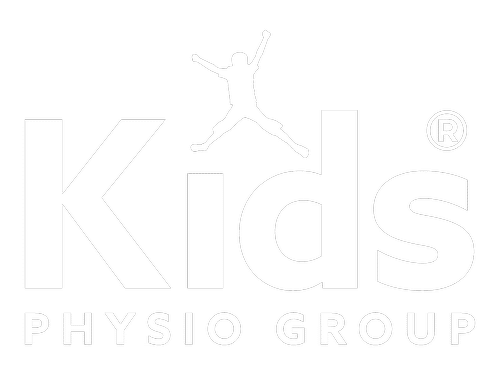Muscular Dystrophy

Muscular dystrophies are a group of various disorders that affect muscles throughout the body. In most forms of muscular dystrophy, the body is unable to produce a specific protein in the muscles, causing them to become weak. Muscular dystrophies are progressive, meaning that muscles get weaker over time.
Types of Muscular Dystrophy
- Duchenne muscular dystrophy
- Becker muscular dystrophy
- Facioscapulohumeral muscular dystrophy
- Myotonic dystrophy
How Physiotherapy Can Help
The physiotherapist’s role in a child’s healthcare team is to optimize the function of their muscles and joints. Listed below are ways physiotherapy can help a child with muscular dystrophy:
Maximizing Movement
Muscular dystrophy causes progressive muscle weakness. The different types of muscular dystrophies have varying patterns of weakness and speeds of progression. Weakness in the muscles can make movements challenging and cause fatigue. Physiotherapists can help children overcome challenges associated with weakness by:
- Strengthening muscles to prolong walking and other movements
- Encouraging proper movement patterns
- Teaching strategies to prevent fatigue and save energy
Managing Contractures
Healthy muscles normally shorten and lengthen to move a joint and perform a movement. In muscular dystrophy, it is common for muscles to shorten but have difficulty lengthening. Overtime, the muscle affected gets stuck in the shortened position — this is called a muscle contracture.
Contractures can create movement challenges as the joints are no longer able to move through their full range of motion. Severe contractures can be painful as well. Physiotherapists can help manage contractures by:
- Teaching stretches to target specific muscles
- Designing a daily stretching program
- Monitoring contractures and muscle tightness
Breathing Muscle Exercises
Muscles that help with breathing can be weakened by muscular dystrophy. Physiotherapists can support children with this condition by strengthening their breathing muscles to help prolong lung function. They can improve children’s breathing by:
- Analyzing breathing pattern
- Teaching ways to strengthen breathing muscles
- Teaching ways to breathe into different areas of the lungs
BOOK YOUR INITIAL ASSESSEMENT TODAY
Take the next step and make your child’s health a priority!
